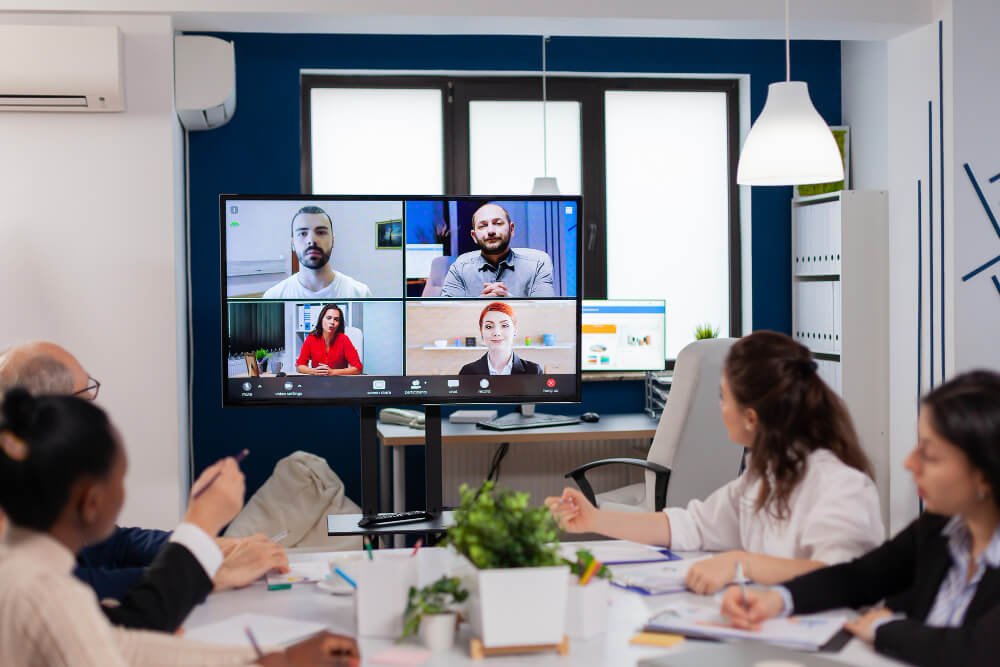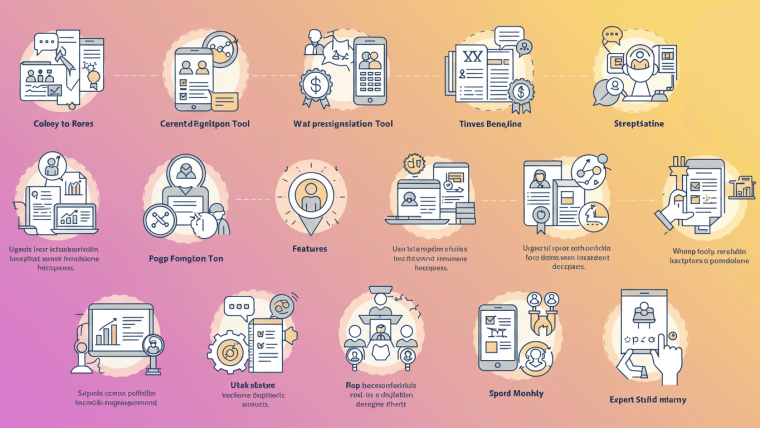Virtual events are now not just a backup plan. These have become a useful tool to engage their audiences, foster community, and impart knowledge — if it’s a global summit or a small networking event. Their ability to transcend geographical limitations while sharing a lower logistical cost has revolutionized the world of marketing, business ownership, and event planning.
This guide takes you through the process step by step from setting up your event to ensuring it is a success. If you’re scheduling your first virtual gathering or also want to improve your feature, you’ve come to the right spot.
Planning Your Virtual Event: Goals, Budget, and Tech
The foundation of any successful event is in the planning. Hosting a virtual event is no different and requires a thoughtful approach to ensure every detail is covered.
Define Your Goals
What do you want to achieve with your event? Goals will guide every decision you make, from the format of the event to the choice of content and speakers. For example:
- Are you launching a product? Focus on a live demo.
- Do you want to educate your audience? Consider a webinar or panel discussion.
- Building brand awareness? Invest in big-name guest speakers or collaborations.
Setting clear goals ensures that every aspect of your event drives the desired outcome and resonates with your audience.
Create a Realistic Budget
Even though virtual events tend to be more cost-effective than in-person gatherings, they still require budgeting for items like:
- Platforms and tools: Choose a platform that meets your needs (more on this later).
- Speaker fees: Allocate funds for expert speakers or influencers.
- Promotions: Invest in email marketing, social media ads, and landing pages.
- Interactive content: This includes live polls, Q&A features, or professional video production.
Be realistic about your budget, and factor in some flexibility for unexpected expenses.
Prep Your Tech Stack
The success of a virtual event leans heavily on technology. Make sure to:
- Use reliable hardware, such as good-quality microphones and cameras.
- Ensure a stable internet connection with backup options.
- Test-run all tools and platforms before the event begins to avoid hiccups.
Choosing the Right Platform: Features to Consider
Your platform is the backbone of your virtual event. Not all platforms are created equal, so understanding your needs is crucial.
Key Features to Look For
- Ease of Use – Choose a platform that’s simple for both your team and attendees.
- Audience Capacity – Make sure it can handle your anticipated audience size.
- Interactivity Options – Look for features like live Q&A, breakout rooms, and polls.
- Analytics Tools – Post-event data is critical for measuring success.
Popular tools such as Zoom, Microsoft Teams and Hopin are feature-rich, while others, such as Remo, focus on creating networking opportunities by allowing attendees to walk around the virtual space and visit different people or rooms.
Customization Options
A virtual event is an extension of your brand. If you have custom branding, want a specific event theme, or need sponsor visibility, platforms that enable this will create a unique online experience.
Promoting Your Event: Strategies for Success
A great event is worthless if no one shows up. That’s why promotion is a crucial part of making sure that your virtual event reaches the audience it deserves.
Build Momentum Early
Launch promotions a minimum of 4-6 weeks before your event. Post “save the date” and teaser content across your marketing channels. Use email promotions, social posts, and blogs to build anticipation.
Use Multiple Channels
Promote across different mediums to maximize visibility:
- Social Media Ads: Reach targeted audiences with tailored campaigns.
- Email Blasts: Engage your existing audience with personalized emails.
- Event Pages: Create a compelling event page with clear details and easy sign-ups.
Collaborate with Influencers and Partners
Partnering with influencers or industry leaders can boost credibility and expand your reach. Have them promote the event to their audience through their own channels.
Offer Incentives
Encourage sign-ups by providing early registration discounts, exclusive content, or giveaways. A limited-time incentive can create a sense of urgency and boost attendance.
Engaging Your Audience: Interactive Elements and Content
Keeping attendees engaged during a virtual event can be challenging, so you need to incorporate interactive elements that make your event stand out.
Prioritize High-Quality Content
Your speakers and sessions should leave your audience wanting more. Plan presentations that are engaging and visually appealing, and have speakers rehearse to ensure smooth delivery.
Add Interactive Features
Integrate interactive elements such as:
- Live Polls: Spark conversations and gather audience input.
- Q&A Sessions: Allow attendees to engage directly with speakers and ask questions.
- Networking Rooms: Break attendees into small virtual rooms for casual networking.
- Gamification: Build fun games, raffles, or challenges into your agenda.
Provide Downloadable Content
Make it easy for attendees to take your knowledge with them. Handouts, PDFs, or follow-up emails with downloadable resources can leave a lasting impression.
Host Moderators and Live Chat
A strong moderator keeps the pace of the event lively while live chats keep energy high by allowing attendees to connect with each other.
Post-Event Analysis: Measuring Success and Gathering Feedback
What happens after your event is as important as the event itself. This is where you analyze performance, collect feedback, and capitalize on your opportunities.
Check Your Metrics
Use your platform’s analytics to measure metrics such as:
- Registration vs. attendance rate
- Audience interaction rates (poll responses, Q&A, chat messages)
- Average viewing time for sessions
- Lead generation and conversions
Analytics help you determine if you met your goals and give insight into areas for improvement.
Gather Feedback
Ask your attendees for feedback via post-event surveys. Offer a small incentive, like a discount code, to encourage participation. Asking questions such as “What did you enjoy most?” or “What areas need improvement?” will provide valuable insights.
Follow Up
Don’t end the relationship once the event is over. Send follow-up emails to thank participants, share event highlights, or provide on-demand content for those who missed it.
The Future of Virtual Events
Virtual events will not be simply a temporary fix; they have become a core little informal new utility of where businesses will connect, engage and grow. As they are not tied to geography, budget-friendly, and cater to wider demographics, they are a great boon for event planners, marketers, and business owners too.
With precise objectives, the best virtual platform, and great planning and engagement, you can create virtual events with impact.
And are you prepared to LEVEL UP your virtual event? Download our free virtual event checklist, or reach out to our team of experts to get started.







How to Make Your Webinars Accessible and Inclusive: Best Practices & Tools
AI-Powered Webinars: Integrating Artificial Intelligence for Enhanced Attendee Experience
Webinar Accessibility: Best Practices for Inclusive Online Events
Enhancing Webinar Accessibility: Best Practices for Inclusive Online Events